5 Traditions of Guatemala you cannot miss when on vacation
Discover the vibrant and rich cultural traditions of Guatemala, including colorful festivals, traditional weaving, and the unique syncretic practices of the indigenous Maya people
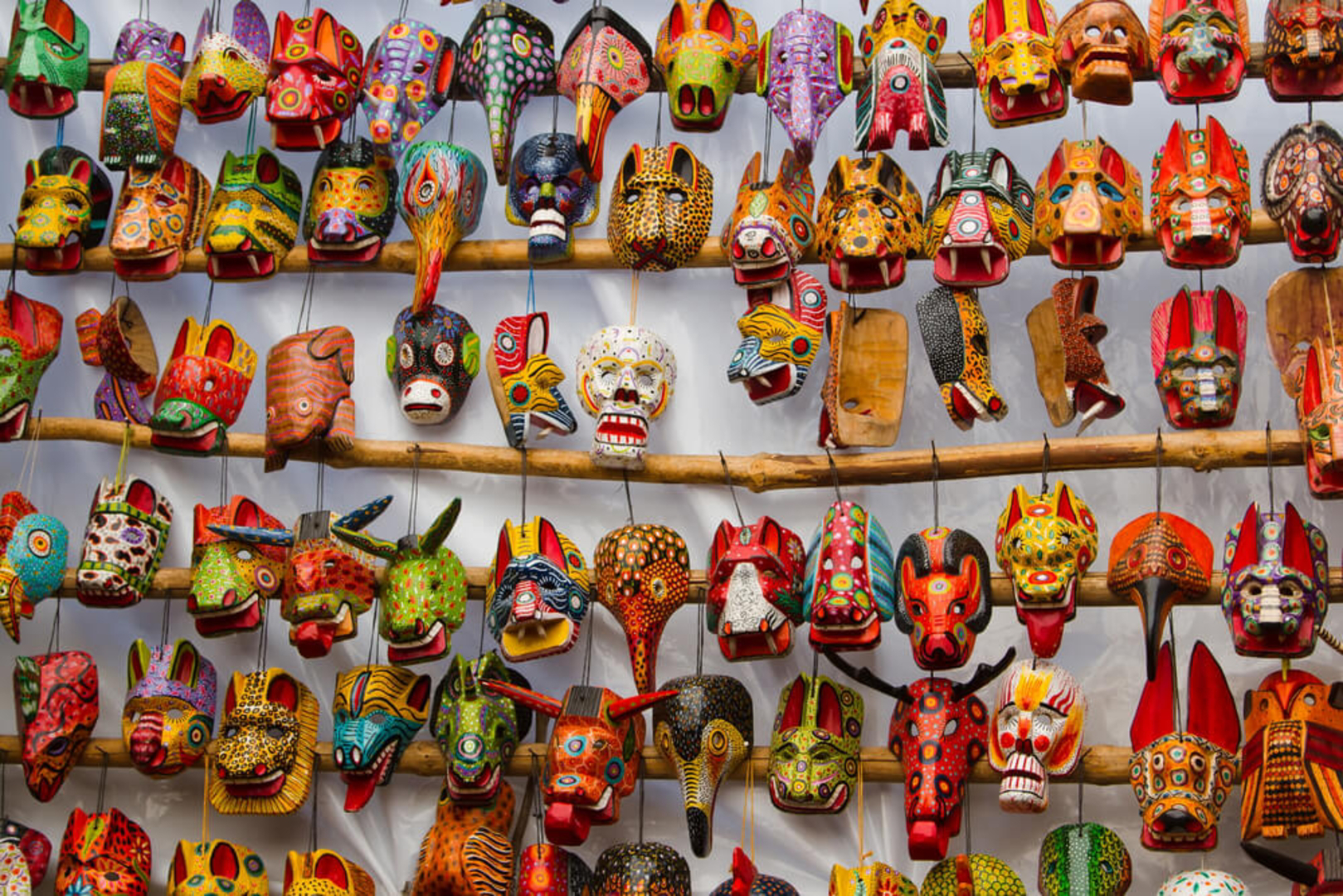
Guatemala is a country rich in cultural heritage and traditions. From its indigenous Mayan roots to its colonial Spanish influence, the traditions of Guatemala are a vibrant and eclectic mix of beliefs, customs, and practices that have been passed down from generation to generation. These traditions offer visitors a glimpse into the soul of the country and provide a unique and memorable experience for those who seek to understand and appreciate the diverse customs and beliefs of the Guatemalan people.
Best time to experience the traditions of Guatemala
If you want to experience Guatemala culture firsthand, you are in luck! There is no right or wrong time to visit this country! It is largely dependent on the specific traditions that you are interested in experiencing. To ensure that you are in a strategic location for sightseeing, head to the capital and check into an urban hotel like the Barceló Guatemala City.
Use the city as your base to enjoy some of the most popular Guatemala celebrations, such as the Day of the Dead (Día de los Muertos) and the Day of the Candelaria. These are held at specific times of the year, usually in November and February, respectively.
For those interested in learning about the traditional textile weaving practices of the highlands, the best time to visit is during the dry season, which runs from November to April. During this time, the roads are in better condition and it is easier to access the remote communities where the weaving takes place.
Regardless of the specific tradition, it is best to do some research ahead of time as this will help you to get the most out of your cultural experience in Guatemala.
1. Experience the Day of the Dead in Guatemala
Perhaps one of the best-known traditions of Guatemala is the Day of the Dead. Often celebrated in Mexico and other Latin American countries, it is a celebration of life and death and is held on November 1st and 2nd. During this time, families come together to honor their deceased loved ones by decorating their graves, setting up altars, and preparing special foods. One such typical dish served on the 1st of November for the Day of the Dead is Fiambre, a mixture of cold cuts mixed with eggs, salad, and vegetables.
El Día de los Muertos in Guatemala is marked by colorful processions, traditional dances, and live music
El Día de los Muertos in Guatemala is marked by colorful processions, traditional dances, and live music. Visitors can experience the lively atmosphere at the local cemeteries or attend one of the many cultural events and festivals held throughout the country during this time. This is a unique and fascinating tradition that offers a glimpse into the rich cultural heritage and beliefs of the indigenous Maya people and of the Mayan culture in Guatemala today.
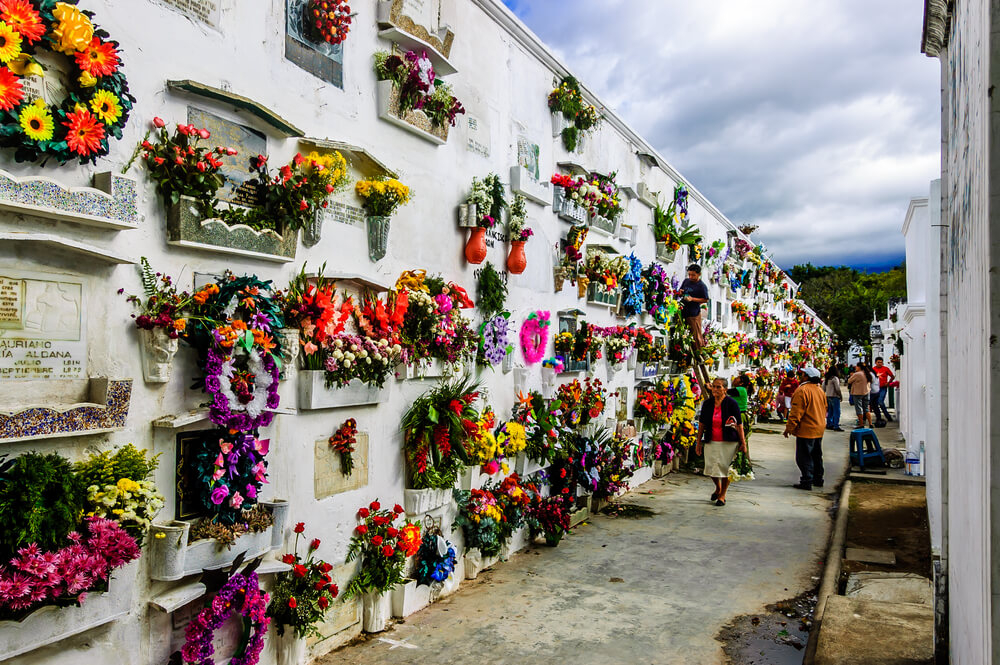
The graveyards are a central meeting spot when celebrating the Day of the Dead in Guatemala
2. Feast days: The best Guatemala family culture and traditions to enjoy
For children, one of the best traditions of Guatemala is the country's vibrant and colorful festivals. Guatemala is known for its lively celebrations, and there are many festivals throughout the year that offer the perfect family-friendly day out.
One of the most popular Guatemala festivals for children to visit is the Feria de Santa Lucia, which is a lively fair filled with food, music, and crafts. Children can enjoy carnival rides, try local sweets, and watch traditional dances and musical performances.
Another great tradition for children to discover is the Day of the Candelaria, which is celebrated with dancing, music, and fireworks. Children will be fascinated by the colorful and energetic performances, and they can join in the dancing and festivities.
In addition, children can learn about the history and culture of the Mayan people in Guatemala by visiting ancient ruins, such as Tikal or Copán, or by visiting a traditional Mayan village and participating in cultural activities such as cooking or weaving.
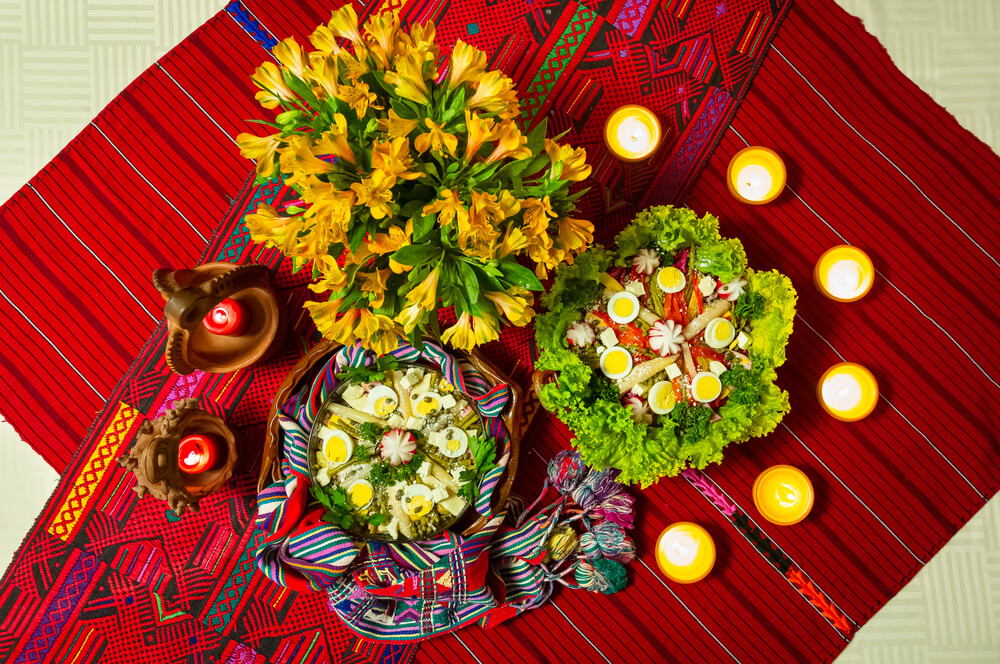
Fiambre is a mash-up of leftover cold cuts, salad and vegetables and a staple dish served during Guatemala’s Day of the Dead celebrations
3. Explore Guatemala’s indigenous culture’s weaving traditions
For fashion and craft lovers, one of the best traditions to experience in Guatemala is the traditional textile weaving practices. Guatemala is renowned for its rich textile heritage, and women in the highlands still weave traditional fabrics using natural dyes and ancient techniques passed down from generation to generation.
Many of these women's cooperatives offer workshops and demonstrations, allowing visitors to learn about the traditional techniques and participate in the process of creating a piece of fabric.
Visiting these cooperatives is a great way for travelers to immerse themselves in the local dress traditions of Guatemala
Visiting these cooperatives is a great way for travelers to immerse themselves in the local dress traditions of Guatemala and support the efforts of women to preserve their cultural heritage. In addition, purchasing handmade textiles from these cooperatives is a way to support the local economy and help to sustain traditional weaving practices.
So, whether you are interested in ecotourism or learning about the process of weaving the vibrant colors and intricate designs of the fabrics, a visit to a textile cooperative is a must-do experience for travelers in Guatemala.
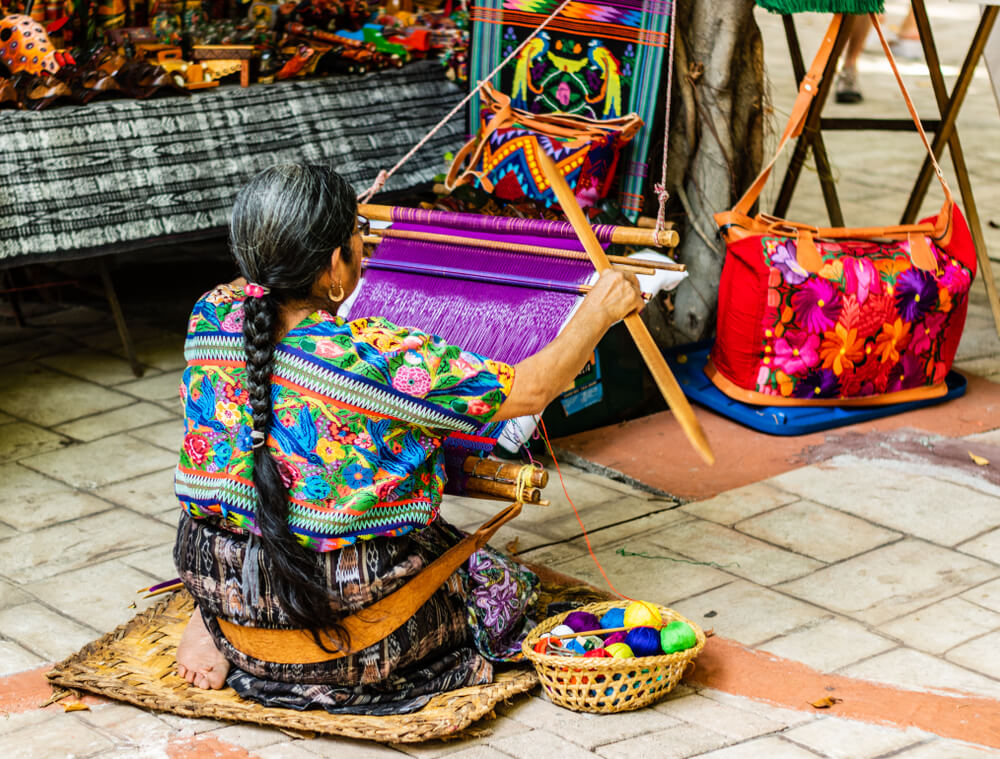
Visiting a textile cooperative is a wonderful way to appreciate the skill of weaving up close
4. Maximon: Obscure Guatemala cultural traditions to experience on your travels
For those looking for something weird and wacky, one of the most obscure traditions of Guatemala is the "Maximon" ritual. Maximon is a wooden figure, considered to be a saint who is honored and worshiped by some indigenous communities in the country. The ritual involves offering gifts, such as alcohol, cigars, and food, to the figure in exchange for blessings and guidance. The figure is housed in small wooden shrines and is tended to by a caretaker, who acts as the intermediary between the community and Maximon.
The tradition of Maximon is a syncretic mix of indigenous Mayan beliefs and Catholicism, and it is unique to the region. It is only widely known in the communities that practice it, and it can be difficult for outsiders to fully understand the significance of the ritual. However, for those who are interested in experiencing the more obscure aspects of Guatemala’s culture, the Maximon tradition offers a glimpse into the country's rich spiritual heritage.
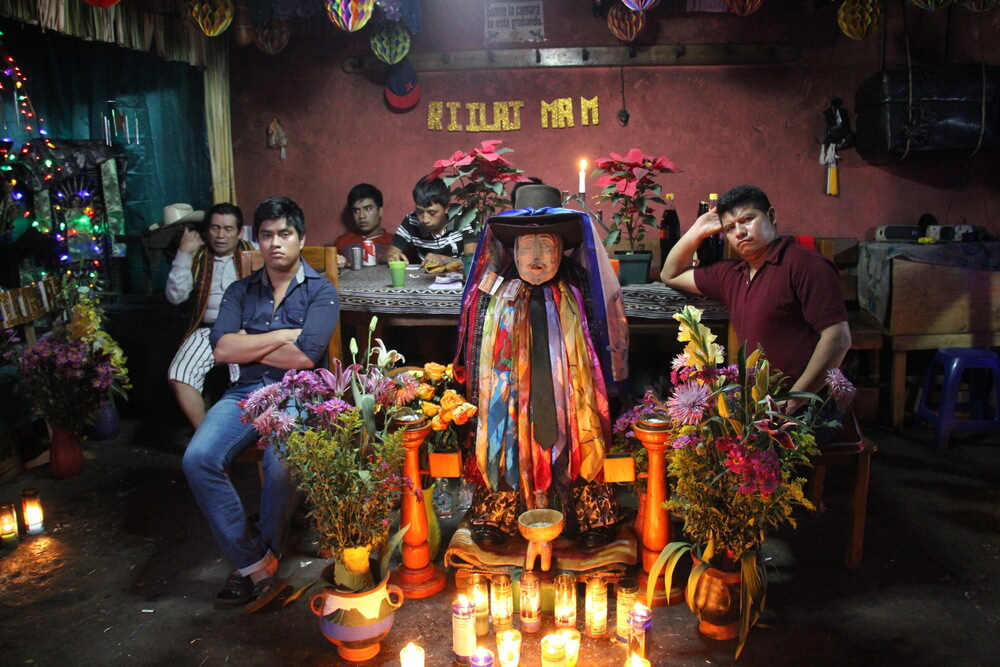
Maximon is a tradition that mixes Mayan beliefs with Catholicism, creating a celebration that feels authentically Guatemalan
5. Witness a sky full of colors at the Guatemala kite festival
Imagine looking up and seeing thousands of brightly colored kites flying above your head. This awe-inspiring site comes to life every year at the Guatemala All Saints Day celebrations held in the towns of Santiago Sacatepéquez and Sumpang. Known as the Festival of the Giant Kites, this spectacle pulls in the crowds who are all eager to see the 20-meter-long, 8-sided kites take flight.
Construction of the kites begins months before and the designs are shrouded in secrecy until they are unveiled at the festival in November. Entire families or groups of young people create these magnificent kites from all-natural materials and attach messages for the deceased to the tail of the kite so that the spirits can read them while the kite is in flight.
And, one interesting fact about the kites is that the octagon shape is said to represent the Mayan concept of the four directions: North, South, East, and West, and the four additional points are believed to represent the crown of the sun. On top of this, the fringed paper that rustles in the breeze is said to ward off evil spirits. This is without a doubt one of the most colorful traditions of Guatemala.
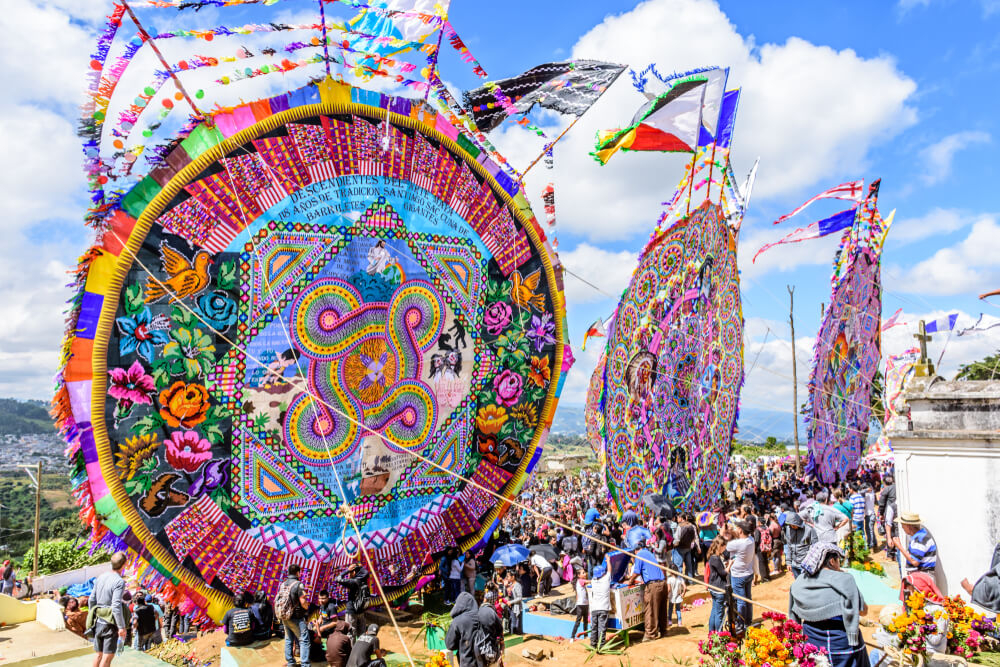
Marvel as the extra-large colorful creations take to the skies during the Festival of the Giant Kites
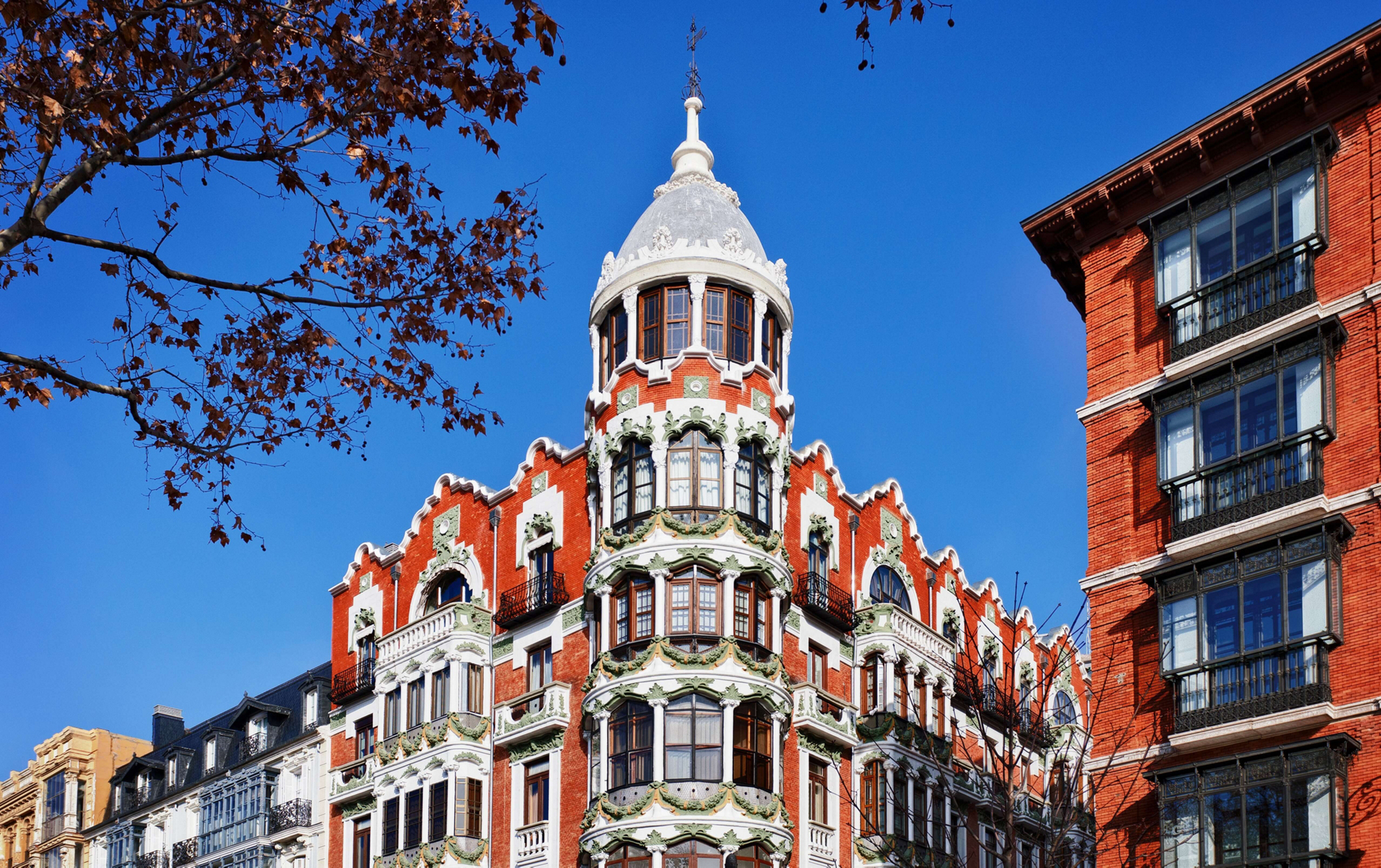
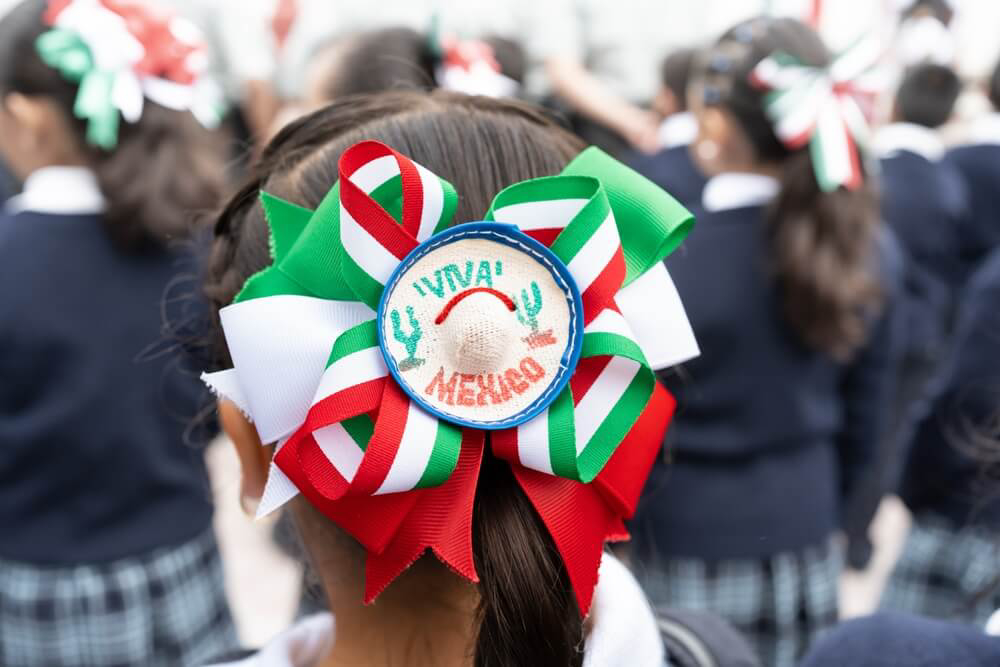
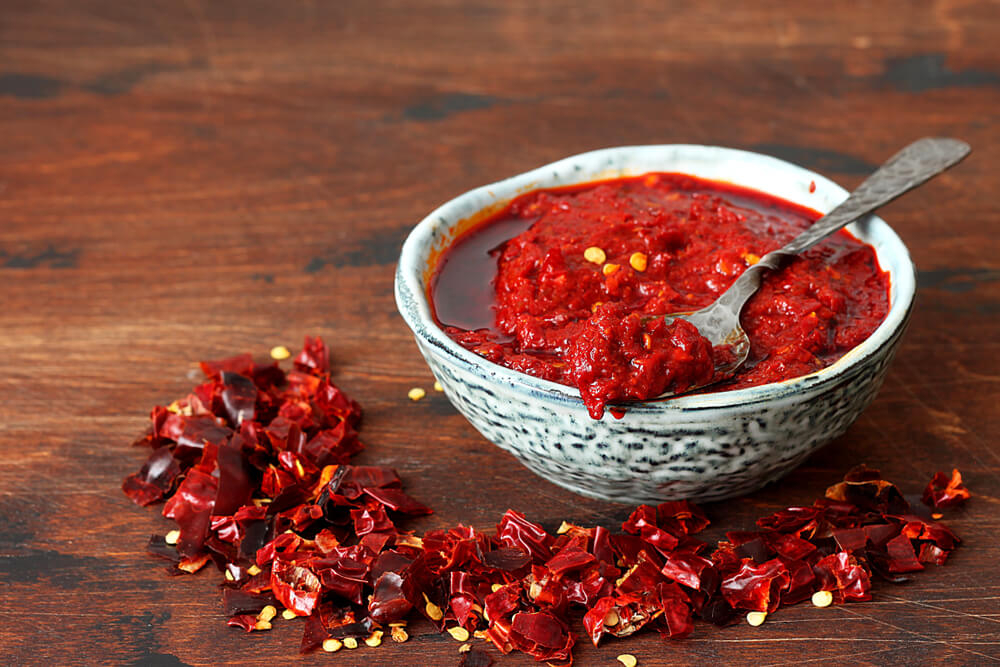





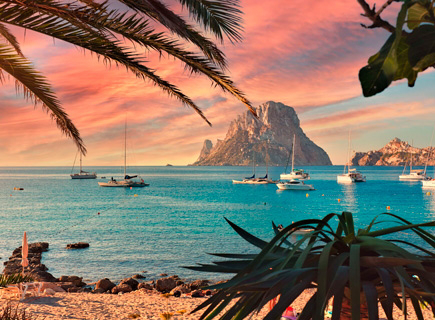
_435x320?&)

